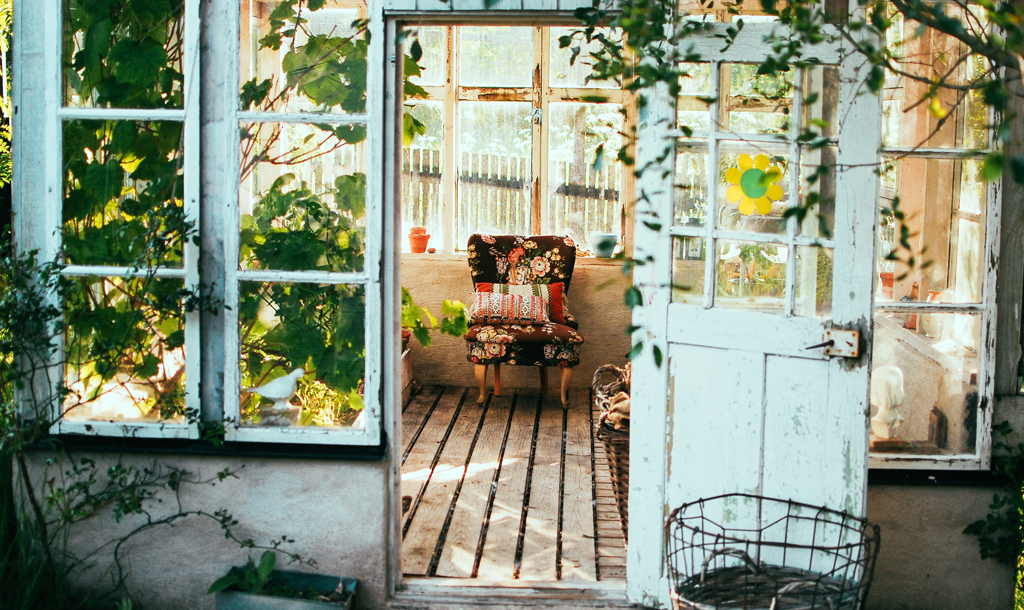
Vintage, retro, antique are words that are thrown around in the interior design world. And, when done correctly, adding pieces to your home can do wonders to the overall look and feel of your living space. However, when done incorrectly, you could turn your home into something that just looks like it needs to be upgraded.
So, how do you make sure that you’re picking stylish retro, vintage or antique pieces that are stylish and not just old-fashioned?
Which means what?
If you’ve ever wondered how to tell the difference between vintage, antique and retro, here’s a quick snapshot:
Vintage is anything that was created less than 100 years ago
Antique is anything that was created more than 100 years ago
Retro is anything that was created between 1950-1980

Once you’ve decided on your overall look, you’ll be able to pinpoint the era you’re looking for. But how do you make sure you’re picking good, stylish pieces and not just a piece of trash? We’ve put together some basic tips for shopping for pre-loved furniture.
It’s all in the foundations
You want to make sure every piece functions in the way it should. Do the drawers open smoothly, does it have a good and sturdy frame, or is the plastic still smooth and uncracked. Pay close attention to the details as these are what can turn something from good value to cheap and nasty.
Attention to detail
What materials have been used to make it and was it good workmanship. As with any purchase, it’s a good idea to do some research into brands that have produced pieces in the era you’re interested in.
Veer from the status quo
The beauty of mixing old pieces with new is that you can play around a little. Maybe the lampstand from the ’50s would actually look really good as your bedside table. Or maybe the Victorian trunk pine chest would look great as a coffee table. By mixing and matching, your home furniture will feel like a designer collection, rather than just someone that’s brought everything because it was part of a matching collection.

Be bold
Choose statement pieces that add something to the room. Like an antique dresser in your bedroom or three 1930’s leather suitcases. Don’t be afraid to have fun with colour as adding colours and patterns to furniture can brighten up any décor.
Buy for a particular spot
It can be easy to get swept up in the love for pieces of furniture. Big beautiful bookcases or bright and colourful sofas. But don’t ever buy on a whim. Each piece of furniture in your home should serve a purpose – whether that’s functional or aesthetic – and most importantly, it should be able to fit. In fact, it’s always good to measure and have a specific place in mind for the item you’re shopping for before you leave the house.

